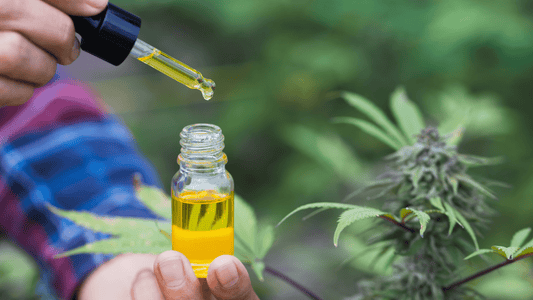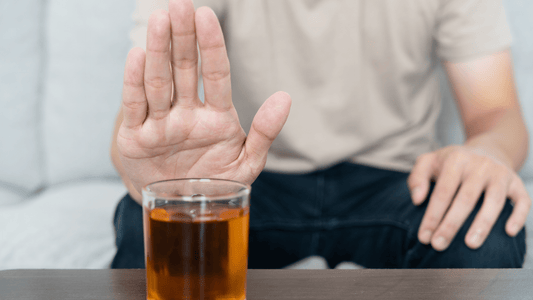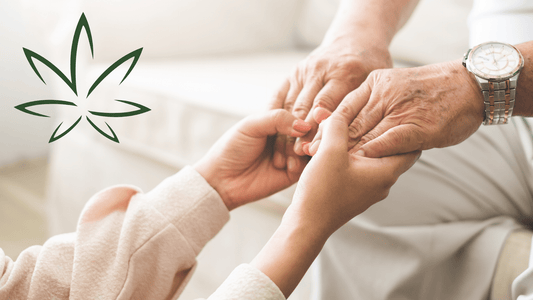In recent years, the science behind cannabis has revealed its incredible potential in treating various skin ailments. A meta study by the University of Connecticut School of Medicine, titled “Cannabis and Skin”, explores the role of cannabinoids in dermatology, highlighting their promising effects on skin cancer, pain, pruritus (itching), and inflammation. While the research is still in its early stages, cannabinoids like CBD and THC show potential for treating conditions such as acne, psoriasis, dermatitis, and even certain skin cancers. The use of cannabis has been ongoing for thousands of years, with millions of people utilizing cannabis oils to treat and protect the skin for centuries. Science is catching up.
Nonmelanoma Skin Cancer
Endocannabinoids can inhibit keratinocyte proliferation through PPAR-γ and GPR55 receptor activity. Given these roles, cannabinoids may reduce the development of squamous and basal cell carcinomas.
Another study demonstrated that the “anti-growth effect of THC on melanoma cells may be through hampering its characteristic pro-inflammatory microenvironment.”
The study also examines how cannabinoids can regulate skin cell growth, repair, and inflammation through receptors like CB1R and CB2R, found within the skin. This mechanism could prove beneficial in conditions where over-proliferation or inflammation is a problem, such as in psoriasis or eczema. Cannabinoids may have a multifactorial impact on acne and sebaceous disorders.
One study observed that the effect of cannabinoids on psoriasis may act independently of CB1Rs and CB2Rs. This is fascinating, as human receptors for cannabinoids—CB1, primarily for THC, and CB2 for CBD—are the mechanisms by which we respond to cannabinoids. If there is an effect acting independently from the receptors, there are whole new areas of research that are yet to be explored with cannabinoids.
Cannabinoids regulate cell growth, so cannabinoids, especially those targeting CB1, may have therapeutic potential in hair growth disorders. Agonists could benefit from conditions like hirsutism or hypertrichosis, as CB1 receptors are expressed in human hair follicles.
Skin inflammation is a common issue as well. CBD has been shown to reduce inflammation in polyinosinic acid-indulged allergic contact dermatitis in human keratinocytes. In animal studies, topical THC inhibited keratinocyte-derived pro-inflammatory mediators.
The use of CBD oil in patients with epidermolysis bullosa has been proposed for its potential to relieve pain, reduce pruritus, and decrease inflammation. Anecdotal reports indicate pain relief using topical CBD oil in epidermolysis bullosa patients. In a case series of three pediatric patients whose families initiated topical CBD oil, the families reported fewer blisters, improved wound healing, and a reduced need for analgesics.
Skin Wound Healing
Studies on cell health effects support the proposal that cannabinoids may accelerate wound healing and scar formation.
While it’s exciting to think about the medicinal properties of cannabinoids, if you’re nervous about the side effects, it’s important to remember the side effects that come with pharmaceutical treatments such as steroids and surgery, and weigh them with your medical advisor. Since cannabis products can easily be tried (and stopped if they do not work), this opens a broader conversation about how the pharmaceutical industry often creates products designed for daily, ongoing use rather than resolving the root cause of an ailment. The goal should be to heal, not maintain dependency.
Topical cannabis products like my All In One tincture with CBG and CBDa and Muscle, Bruise, Nerve and Bite balm offer a more natural, holistic approach to skin care and healing. These products are designed to be well-tolerated, allowing people to manage skin conditions without the harsh side effects of pharmaceuticals. The beauty of topical applications is that they allow cannabinoids to work directly at the site of the problem, whether it's inflamed skin, bruises, or nerve pain. My mom has had amazing results using my All In One tincture on her skin tags and sun spots. Having grown up in the L.A. area, the anti-inflammatory and anti-proliferative cannabinoids may have a positive effect. Her sister gets her trouble areas burned off—another option. But ask your dermatologist if you can try it, and it’s easy to observe the results.
Oil-based treatments, like these balms, aren’t widely used in the U.S., but they have ancient roots in holistic healing practices. In fact, historical evidence suggests that even Jesus used oils for healing, possibly even cannabis oil! Rubbing oil on the skin also helps nourish cells, promoting skin health through direct absorption. The act of applying oil is not just a cosmetic treatment—it’s also a soothing experience. Research has shown that oil massages can lower blood pressure, reduce stress, and improve overall skin elasticity. If too much oil is left on the skin, you can simply wipe off the excess with a towel and enjoy the smooth, hydrated feeling that remains. My family learned about oil massage—Abhyanga—from the traditional medicine of India; Ayurveda. Oil is an integral part of health for many in Indian culture, who apply daily abhyangas to their bodies.
Science-backed, ancient wisdom-based products like my topical balms and tinctures represent a balance between modern medicine and holistic care. They remind us that we are connected to our ancestors and that we can also apply science to ourselves. Try the products out. If they don’t work, let me know. If they do work, let me know! They can complement other treatments while offering a more natural, side-effect-free option for daily wellness. We need more science to support these ancient practices, but millions of people already use them successfully. It’s clear that cannabis-based topicals can play a major role in dermatological care.
So, if you’re managing skin issues, give my products a try—your skin deserves the best care, from ancient traditions to modern science!




